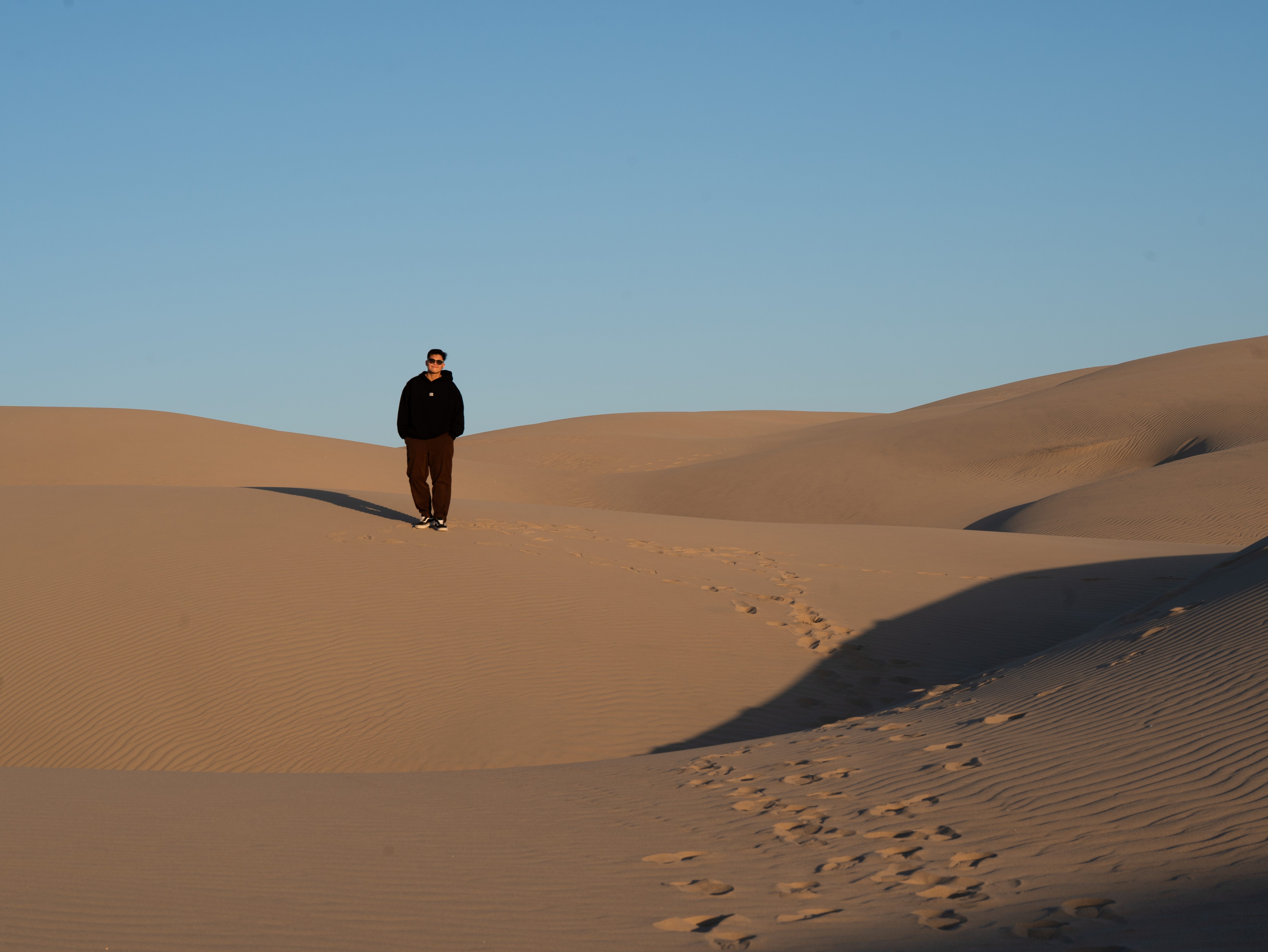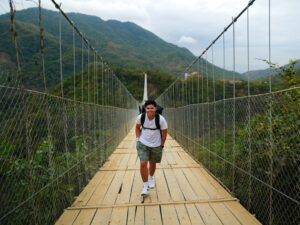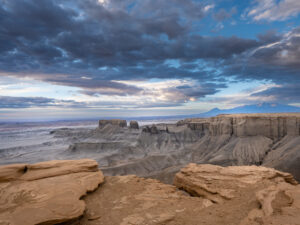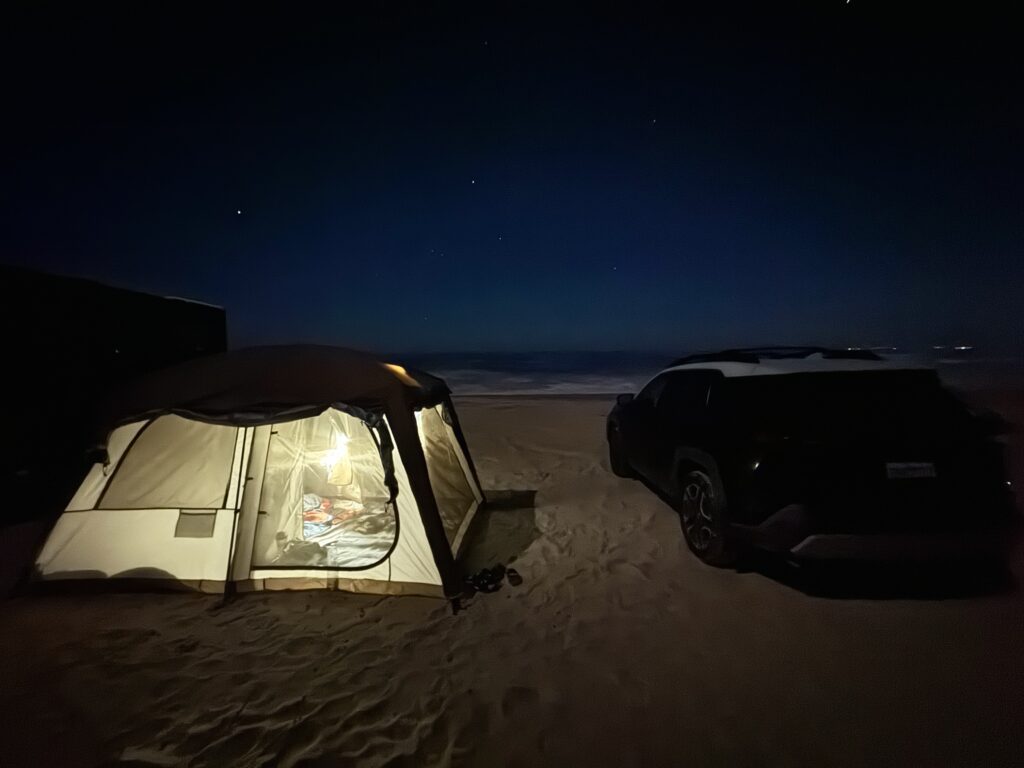Outdoor recreation areas, from national parks to local hiking trails, are cherished for their natural beauty and opportunities for adventure. I think we can all agree that these spaces provide an escape from urban life, offering tranquility, fresh air, and a chance to reconnect with the natural world. However, the increasing popularity of these destinations also brings challenges to their preservation and sustainability. Environmental conservation in these areas is absolutely crucial for a number of reasons, ranging from biodiversity protection, to climate change mitigation, economic sustainability, and cultural preservation.
With the surge in outdoor recreation, over 50% of Americans engage in activities like hiking, camping, fishing, and kayaking at least once a year, which is amazing and I believe everyone should be spending more time outside. However, our natural areas are experiencing more foot traffic, greater litter accumulation, and increased environmental stress. This trend is mirrored worldwide, with ecotourism and nature-based recreation becoming increasingly popular across Europe, Asia, and Oceania. As visitation rises, so does the potential for habitat disturbance, pollution, and ecosystem degradation, making conservation strategies more critical than ever. It is why I believe it is so important for us to learn more about our human impact on other ecosystems and how we can leave a lighter footprint on the trails we walk.
Biodiversity and Ecosystem Preservation
When we trek out it’s important to remember that these landscapes are home to diverse ecosystems and wildlife. Activities such as hiking, camping, mountain biking, and off-road driving can disrupt habitats and disturb wildlife if not managed responsibly. From the towering redwoods of California to the wetlands of Florida, these ecosystems host countless species of flora and fauna, many of which are sensitive to human intrusion.
For example, in Yellowstone National Park, human presence along hiking trails has been linked to changes in elk grazing patterns, which in turn affect plant regeneration and predator-prey dynamics. Similarly, in tropical rainforest reserves, unregulated tourism has led to the decline of certain bird and amphibian populations. Conservation efforts, such as habitat restoration, trail management, and visitor education programs, help maintain the delicate balance of these ecosystems, ensuring that plant and animal species can thrive undisturbed.
Protecting biodiversity is not only about preserving charismatic megafauna like bears or eagles but also about safeguarding less visible organisms that play critical roles in ecological function, such as pollinators, soil organisms, and aquatic species. By conserving these areas, we maintain ecological resilience, which allows ecosystems to adapt to environmental changes and recover from disturbances.
Case studies, such as the reintroduction of wolves to Yellowstone, demonstrate how carefully managed conservation interventions can restore ecosystem balance. Wolves controlled elk populations, which allowed overgrazed vegetation to regenerate, benefiting other species and even stabilizing riverbanks. This example highlights the interconnectedness of species and the importance of conservation in maintaining the health of recreation areas.
Water Resources and Watershed Protection
Many outdoor recreation areas often serve as watersheds, providing clean drinking water to nearby communities. Forests, wetlands, and alpine regions naturally filter and store water, playing a critical role in maintaining water quality and availability. Recreational activities, however, can introduce pollutants such as litter, human waste, and chemical runoff from boats or gear, which can compromise these essential functions.
For instance, studies of the Adirondack Mountains in New York show that popular hiking trails experience soil compaction and erosion, which increase sedimentation in streams. This sedimentation can negatively impact aquatic life and reduce water quality for surrounding towns. Similarly, in coastal recreation areas, increased boating and fishing activity has been linked to nutrient loading and algal blooms, affecting both wildlife and human water supplies.
Protecting watersheds in outdoor recreation areas is therefore vital for public health, wildlife survival, and climate resilience. Efforts like sustainable trail design, proper waste management, and limiting vehicle access to sensitive areas can minimize the impact of human activity. Additionally, educational signage and community engagement programs help visitors understand their role in protecting water resources while enjoying outdoor adventures.
Climate Change Mitigation and Carbon Sequestration
Moreover, these landscapes play a critical role in carbon sequestration and climate regulation. Forests, wetlands, grasslands, and peatlands act as carbon sinks, absorbing greenhouse gases from the atmosphere. Preserving these areas helps mitigate climate change impacts and maintain a stable environment.
For example, tropical forests store an estimated 25% of global carbon, while temperate forests and wetlands also sequester significant amounts. When these areas are degraded, not only is this carbon-absorbing capacity lost, but stored carbon can be released back into the atmosphere, exacerbating climate change.
Outdoor recreation areas also support climate adaptation by maintaining ecosystem services such as flood mitigation, soil stabilization, and temperature regulation. Wetlands, for example, can absorb excess rainfall during storms, reducing the risk of flooding in nearby communities. Grasslands and forests provide shade and cooling, which can reduce urban heat islands and support species that are vulnerable to rising temperatures.
Conservation of these areas is therefore a dual-purpose strategy: it helps mitigate global climate change while also enhancing local resilience against its effects. Programs like reforestation, controlled burns to prevent wildfires, and wetland restoration are vital components of environmental management in recreation areas.
Economic and Community Benefits
Additionally, outdoor recreation areas contribute significantly to local economies through tourism and outdoor activities. Hiking, camping, wildlife viewing, and adventure sports attract millions of visitors annually, generating revenue for local businesses, lodging, transportation, and restaurants. Communities near national parks, forests, and protected areas often rely heavily on eco-tourism for employment and economic growth.
For example, the gateway towns surrounding Yosemite National Park collectively earn hundreds of millions of dollars annually from tourism. Similarly, mountain towns in Colorado and Vermont thrive on seasonal visitors who come for skiing, hiking, and camping. These economic benefits, however, are sustainable only if the natural resources that attract visitors remain healthy and intact.
Conservation ensures the long-term viability of these economic benefits by protecting landscapes from overuse, pollution, and habitat degradation. Sustainable tourism initiatives, such as eco-lodges, guided tours emphasizing Leave No Trace ethics, and visitor education programs, help align economic growth with environmental stewardship. By supporting conservation, communities protect both their natural heritage and their economic livelihoods.
Cultural and Educational Significance
Lastly, outdoor recreation areas hold cultural and historical significance for indigenous communities and serve as educational resources for the public. Many landscapes, such as the Grand Canyon or the Black Hills, have deep spiritual and cultural meaning for native populations. Conservation efforts protect these cultural heritage sites, ensuring that their stories and traditions are preserved for future generations.
Outdoor areas also serve as living classrooms for environmental education. Schools, youth organizations, and universities often use parks and recreation areas to teach biology, ecology, geology, and environmental ethics. These hands-on learning experiences help foster a sense of responsibility and connection to nature, inspiring the next generation of environmental stewards.
Programs like citizen science initiatives, trail monitoring, and wildlife surveys encourage public participation in conservation. Visitors can learn about species identification, habitat restoration, and the impact of climate change, all while enjoying the recreational benefits of the area. This educational component is critical for building widespread support for environmental protection.
Responsible Recreation and Conservation Practices
Now that you have a better understanding of why environmental conservation is so important, here are some ways you can sustainably enjoy your outdoor adventures:
- Follow Leave No Trace Principles: Stay on designated trails, pack out all trash, avoid disturbing wildlife, and minimize your environmental footprint.
- Use Eco-Friendly Gear: Opt for reusable water bottles, biodegradable soaps, and sustainable camping equipment to reduce pollution.
- Practice Water Conservation: Avoid contaminating streams, lakes, and wetlands, and support watershed protection initiatives.
- Volunteer and Support Conservation Organizations: Join local cleanup events, trail maintenance programs, or donate to environmental NGOs.
- Educate Yourself and Others: Learn about the ecosystems you visit and share responsible outdoor practices with friends and family.
By incorporating these practices, each visitor can actively contribute to the preservation of outdoor recreation areas while still enjoying their natural beauty.
In Summary
While outdoor activities can bring incredible experiences, it’s important to practice mindfulness and remember the impact we have on the places we visit. The conservation of outdoor recreation areas is vital for preserving biodiversity, protecting water resources, mitigating climate change, supporting local economies, and maintaining cultural and educational values. It also helps preserve what’s left of our natural resources for future generations. These areas are not just spaces for leisure; they’re essential ecosystems, economic drivers, and cultural landmarks. What we pack in, let’s remember to pack out. By practicing responsible outdoor ethics, supporting conservation initiatives, and engaging in sustainable tourism, we ensure that future generations can continue to enjoy and benefit from these natural treasures.
Environmental stewardship is a shared responsibility. Governments, communities, organizations, and individuals all play a role in maintaining the health and integrity of recreation areas. From protecting endangered species to preserving sacred cultural sites and ensuring clean water for local communities, conservation safeguards both our planet and our quality of life.
By valuing and protecting outdoor recreation areas today, we create a legacy of natural beauty, ecological resilience, and environmental education. Each hike, paddle, or camping trip becomes more than just an adventure, it becomes a contribution to the collective effort to conserve our world. And the bright side is, the more people go outside and connect with the natural environment, the more they develop a relationship with it and want to protect it. We just have to remain mindful of the impact we have while we’re out there. Through awareness, action, and advocacy, we can maintain the health, beauty, and accessibility of our parks, trails, forests, and wetlands for generations to come.




